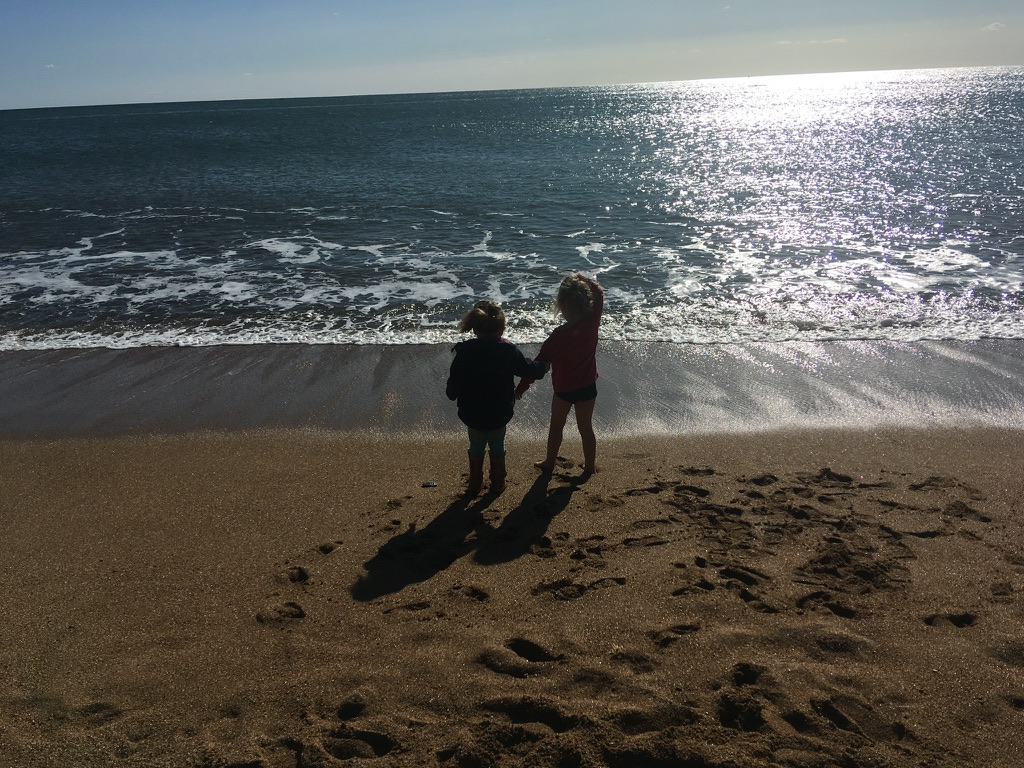Your cart is currently empty!
Chickens
Posted by:
|
On:
|
Chicken Science

Who said that chickens can’t teach?! One thing I have missed since having child No. 4 is our smallholding. The satisfaction of growing almost all of our food is seriously lacking these last few years due to many unforeseen factors.
Environmental Science
Every element of keeping animals becomes not just an opportunity; but an obligation to expand your knowledge and dig in to the subject at hand. You have to learn how to look after your animal; what do they eat? How do you keep them safe? How do you deal with it when something goes wrong?
When we first picked the chooks up, we discovered that; as with many kept in close quarters, they were crawling with Red Mite. This is something that used to bug me (HAH) a lot when we used to be breeders. Having wooden coops, we found that the only really effective solution was to take a blowtorch and run it over all of the nooks and crannies; alongside a good dose of Diatom. With the plastic coop that we managed to acquire there are far less places for them to hide; and washing the whole coop out itself is much easier to manage!
Geology
Interestingly, on our recent trip to Scotland HERE we came across an old Diatomite mine on the coast of Skye, where they used to mine (shocker!) diatomaceous earth! We then visited the Museum of Island Life and found these old samples (probably from the very same mine we’d seen the day before) in one of the display cases.


Rescue vs Rear
Having given them a good dousing with the Diatom (along with an explanation of WHAT it is, and HOW it works (To the children, not the chickens…..) and setting them up nicely in the coop; with fresh water and a feeder full of layers pellets – we sat and watched them settle in.
We had searched out some pullets, which is a term for juveniles who are not quite yet laying. I have previously had a combination of rescued Ex-Battery hens and bred ourselves starting with fertilised eggs; however, I found that Ex-Batts tended to be more trouble than they’re worth. Although it seems virtuous to give them a new chance at life, actually dealing with them is another matter. They are used to living in conditions that don’t easily translate to a more natural situation, and bad habits are very hard to break.
These young ones haven’t learnt yet HOW to be what they are, and settled in so well. After realising that the run we had was too small for them to live in permanently, we thought we’d just give them the run of the garden instead! Now, our garden is somewhat feral, being sandwiched between a private lane and a sheep field; but makes the perfect hunting ground for insects and small creatures. Slow worms seem to be the current favourite snack to fight over when they’re not raiding next-doors bird feeder!
Odd Eggs

One of the benefits to having picked pullets over rescue hens is the fact that; as juveniles they hadn’t yet started laying, so we got to experience the full laying process first hand. Witnessing their habits, seeing them finding little hidey-holes around the garden to turn into nicely sculpted nests, and even this amazing first laying attempt by one of them!
This first egg fascinated us. It squished when you pressed it, and had a somewhat translucent quality as the opaque hard shell hadn’t formed. Not only did this get us talking about egg production and how they are formed in layers inside the chicken, being laid through the cloaca; but also the qualities of opacity and translucence. We also touched on nutrition, How much they need to eat, and how chickens require a minimum level of certain things (such as Calcium) to produce healthy eggs- and how we could best provide that. What things can you think of that contain Calcium?

We picked a selection of particular chickens, as I love having a little rainbow of eggs in the egg box. It’s just one of those little things that makes you smile every day. (Which as I’m sure I’ve ranted about before – is actually HUGELY important!)

We chose:
A Maran; which produce my absolute favourite dark brown eggs,
A Crested Cream Legbar; which produce those lovely Sky Blue eggs.
An Arucana for it’s astounding khaki green, and-
2 Colombians (We assumed, although I’m no longer sure as they’re laying different coloured eggs!)
If you have livestock – you have deadstock
Unfortunately the Maran didn’t make it as far as egg-time as it fell prey to a rogue badger – which resulted in the Bigman running starkers through the garden with a headtorch at 1am brandishing a branch; much to our neighbours entertainment! However that was actually quite lucky; as I had only allotted resources for four hens- not the five that I had been talked into buying by the girls (and my neighbour!) at the farm. It also brought an important lesson to the forefront:
If you have livestock- you have deadstock.
Also- nature can be a bitch; and doesn’t conform itself to any moral nuances that you might like to ascribe to it in a Beatrix Potter kind of way. Badgers are not vegetarian, they can’t be negotiated or reasoned with; and if it decides to have your pet chicken for dinner, it WILL spread it all around the garden like some kind of gruesome feather-based art installation.
Now every time Small sees a picture of a badger anywhere she shakes her fist at it hilariously.
Discover more from Experimental Home Education UK
Subscribe to get the latest posts sent to your email.
